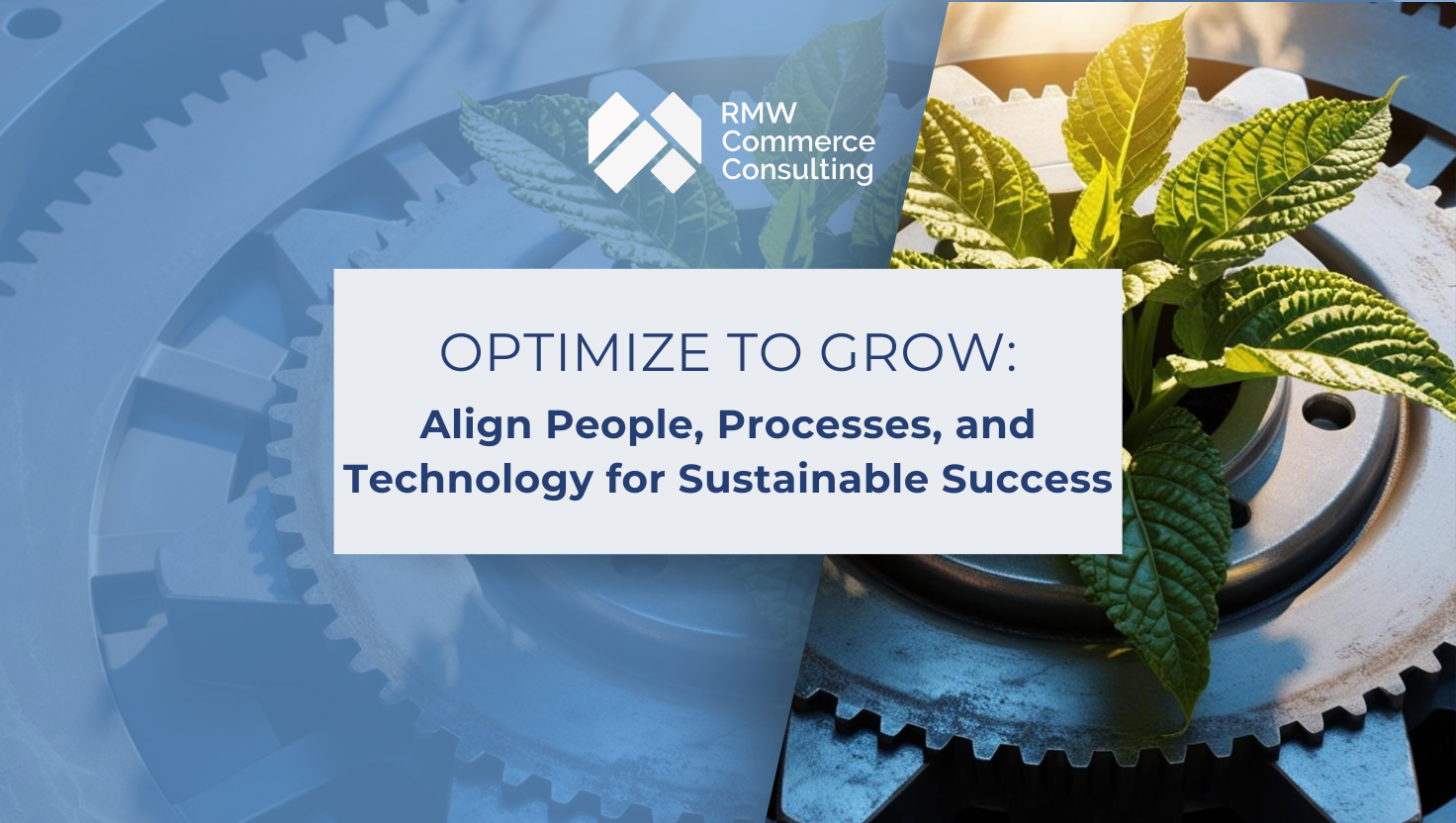Growth While Shrinking? It's Called Optimization, and It's Possible
Why Is It Difficult to Decide What to Keep or Cut When Optimizing a Business?
Often when trying to make a business more profitable, it can seem daunting to decide what to keep and what to throw out.
Generally because there is not a clear business plan. Without a growth strategy, the CFO or CEO will just start at the highest line item expenses and start chopping.
What Is the Real Cause of Inefficient Growth and Expense Consolidation?
In cases like this, the devil is really in the details. Jamie Hancox today talked about the trend towards consolidating eCommerce stacks, which I agree is definitely a trend I am seeing. However, this is noticing the effect and not the cause.
The cause is most often poor growth or inefficient growth causing a re-look at expenses. Delaying decisions that should honestly have been made late last year.
How Do Companies Shift from ‘Best of Breed’ to ‘Best for Me Now’?
For technology vendors, it can mean moving from: Best of breed -> Best for me now.
Still, we are having the wrong conversation. The stack is a means to an end. Don't be surprised if growth keeps plummeting the more you cut. If you haven't both identified and prioritized your most important growth customer segments from the beginning and build everything in your business around that, you won't know what is nonessential later while you're cutting.
How Does RMW Commerce Approach Growth Planning with Top Customers?
At RMW Commerce, here is how planning begins with our top customers:
Where Will Customer Growth Come From?
First, decide where your customer growth is going to come from. Why do they come to you?
Where Will Channel Growth Come From?
Next, decide where your channel growth will come from. Where will they come from, and how much will it cost to acquire them?
Are People and Processes Optimized for Growth?
Next, are your people and processes optimized around these growth plans? What can be made more efficient or reorganized? This step is often entirely skipped in a rush to reduce technology spending.
When Should Technology Decisions Be Made?
Finally, you can start to make technology decisions. For a more profitable business, you might need to be happier with a longer-range growth plan as long as your top line is still increasing.
How Does Alignment Between People, Processes, and Technology Drive Growth?
People and processes aligned in service of your growth plan.
Technology aligned to service your people and processes.
Better alignment can create growth while saving.
Is Modest Growth Still a Win in Today’s Environment?
In this environment, even modest growth can still mean you are gaining share vs. your peers.
Expert Consulting: How Will You Grow Your eCommerce Company?
When growth is elusive, I am an expert at asking incisive questions to surface the real issues and then present straightforward ideas that your team can actually implement.
Mistakes are expensive. They cost money, of course. What’s worse is the opportunity cost. I work with investors and management teams worldwide to help them get a handle on their digital business plans to execute a clear path forward.
For more on Consulting, you might also like:

